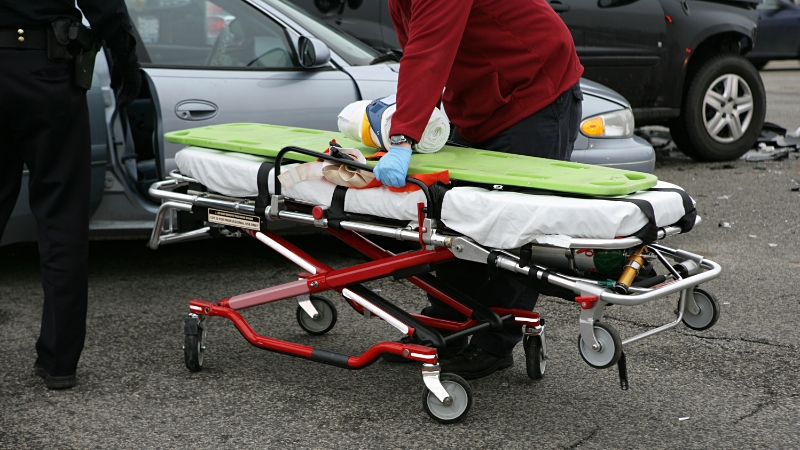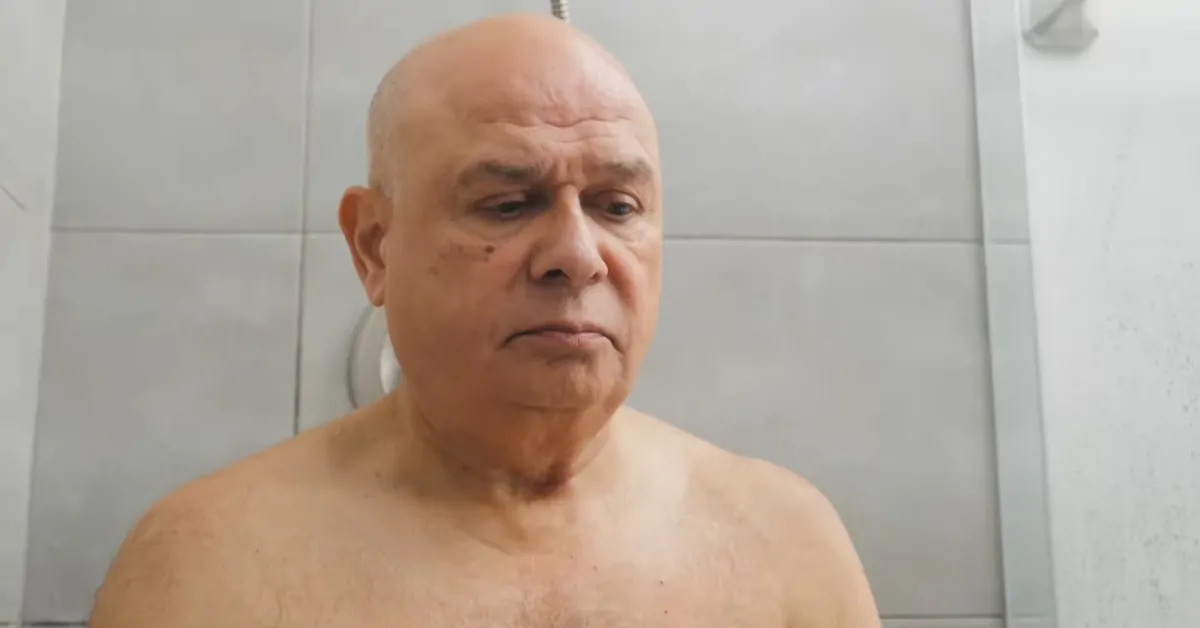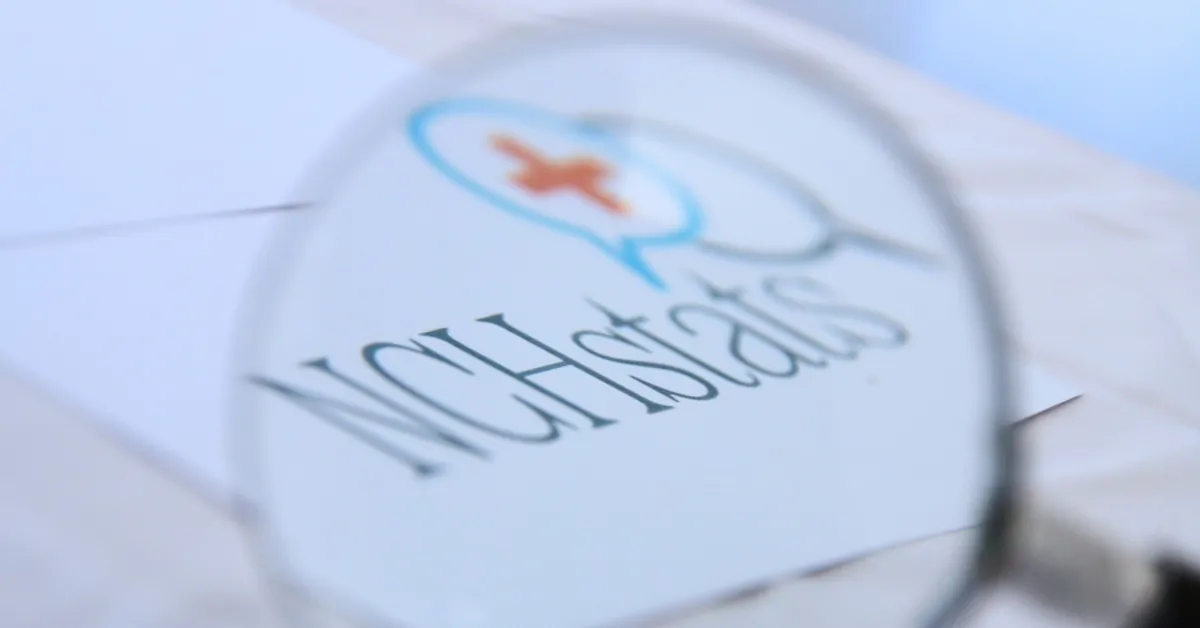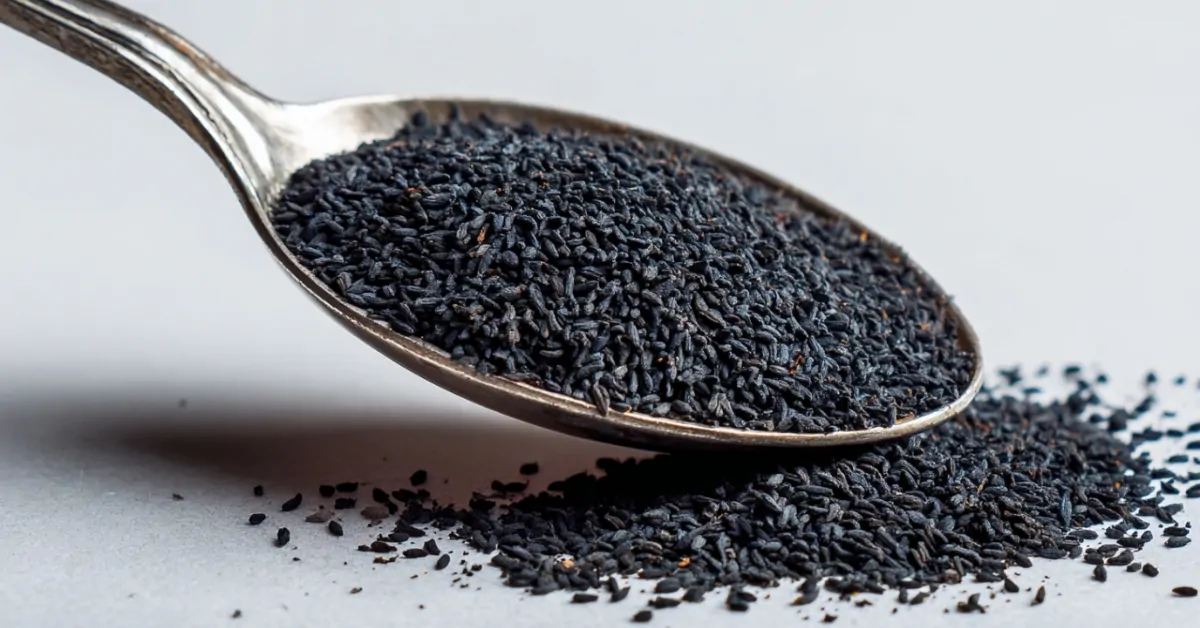The Golden Hour, the first 60 minutes after a traumatic injury, is often the most critical window for survival. According to U.S. military medical data from Afghanistan, ensuring treatment within this period reduced mortality among injured troops from 16 % to 10 %, saving an estimated 359 lives between 2009 and 2014.
In civilian trauma care, while not all studies confirm a strict 60-minute cutoff for survival, research consistently shows that rapid access to definitive care reduces disability, improves recovery, and, for certain high-risk cases such as severe shock, can directly lower mortality.
The biggest threats to the Golden Hour’s effectiveness are transport delays, multiple unnecessary referrals, resource limitations, and on-scene time lost to non-critical procedures.
Table of Contents
ToggleKey Takeaways
Military Lessons: The Golden Hour in Combat
The clearest proof of the Golden Hour’s effectiveness comes from military medicine. In Afghanistan, a 2009 U.S. military policy mandated that every wounded soldier should receive advanced trauma care within 60 minutes of injury. This led to dramatic improvements:
Military Golden Hour Impact
Figures
Mortality drop in combat casualties
16 % → 10 %
Estimated lives saved (2009–2014)
359
Patients reaching advanced care within 60 minutes
Increased from 25 % to 75 %
Key intervention
Faster helicopter evacuation and direct delivery to surgical teams
According to military field reports and CBS News analysis, the success was not only due to helicopters but also to operational streamlining: fewer intermediate stops, pre-positioned surgical teams, and rapid decision-making in the field.
This model has influenced civilian air ambulance protocols, especially in rural areas.
Civilian Evidence: Survival vs. Recovery
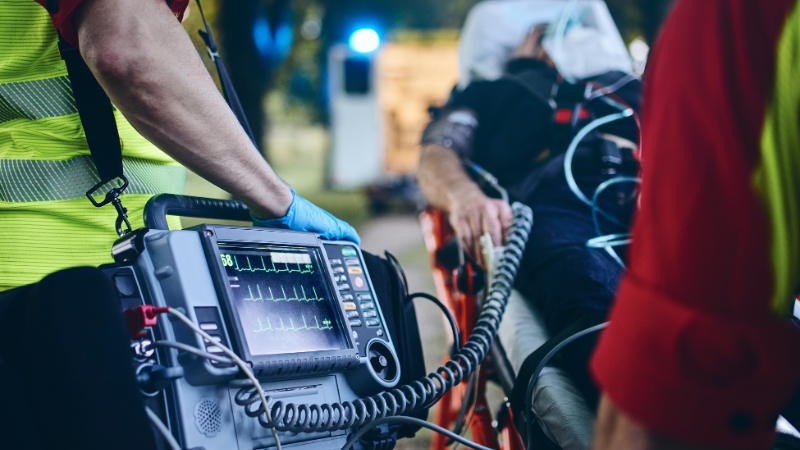
Civilian trauma studies often find that total pre-hospital time is not always directly tied to mortality across all injury types. However, they repeatedly show that earlier treatment improves functional outcomes – meaning survivors are less likely to face lifelong disability.
- Pan-Asia Trauma Study (24,365 patients) – Every 10-minute increase in prehospital time raised the risk of poor functional recovery by 6 %, even when death rates did not change significantly.
- Japan Trauma Data Bank – Only 5.2 % of unstable trauma patients received care within 60 minutes. In those with moderate shock, delays were strongly linked to higher mortality. (PMC7066640)
- North American EMS Multi-Center Study (3,656 patients)– No clear link between total EMS time and death rates, but delays often correlated with worse rehabilitation outcomes. (PMC3008652)
The takeaway is that while the “one-hour” mark is not an absolute predictor of survival, systems designed to minimize time to definitive care still deliver better patient recovery and lower rates of severe disability.
When Delays Become Dangerous

Even well-intentioned emergency processes can waste time. Research from India’s Journal of Pediatric Critical Care highlights that in rural trauma, only 3 % of pediatric patients reached a trauma center within the Golden Hour. The rest were delayed by:
Example
While dog bites may not seem as urgent as car crash injuries, they can become time-critical emergencies when they involve major bleeding, deep tissue damage, or high infection risk.
According to the Centers for Disease Control and Prevention (CDC), approximately 4.5 million dog bites occur in the U.S. each year, with nearly 1 in 5 becoming infected. Severe bites to the face, neck, or limbs can cause rapid blood loss or crush injury to muscles and tendons – scenarios where Golden Hour principles apply.
Immediate wound cleaning, tetanus protection, and rabies risk assessment should ideally occur within the first hour, both to preserve function and to prevent systemic infection.
If you or someone you know suffers a serious bite, you should get medical treatment immediately, and if the incident involves liability or injury claims, you can call the advocates to help handle the legal side while you focus on recovery.
Global Inequities in the Golden Hour
Road traffic accidents kill 1.35 million people every year
– new WHO Global status report on #RoadSafety 2018 https://t.co/zxTCH2zWYa pic.twitter.com/J5DsoIyiaZ
— World Health Organization (WHO) (@WHO) December 7, 2018
Low- and middle-income countries (LMICs) face the steepest challenges in meeting Golden Hour targets. Think Global Health reports that road traffic injuries alone kill 1.35 million people annually, with 93 % of these deaths occurring in LMICs. In many of these regions:
The World Health Organization estimates that if LMICs had emergency care systems comparable to those in high-resource countries, up to 2 million lives per year could be saved.
Strategies to Protect the Golden Hour
Strategy
Core Action
Example Implementation
Direct-to-trauma transport
Skip smaller clinics; take critical patients directly to major trauma centers
London’s trauma network
Air ambulance integration
Deploy helicopters for rural and high-traffic urban cases
U.S. & Canadian EMS
Limit on-scene time
Platinum 10-minute approach for severe trauma
Canadian paramedic protocols
Prehospital blood transfusion
Stabilize bleeding patients en route
UK air ambulance trials
Telemedicine triage
Remote specialists guide local teams
India & Africa pilot programs
Conclusion
The Golden Hour is less about an exact countdown and more about the operational mindset that time is the enemy in trauma care. Military experience demonstrates its power to save hundreds of lives when applied systematically.
Civilian research shows that even without a strict one-hour mortality threshold, rapid intervention improves recovery and reduces permanent disability. From battlefield injuries to severe dog bites or road crashes, the principle is the same: every minute without definitive care increases risk.
Trauma systems that minimize handovers, streamline transport, and prioritize immediate stabilization consistently achieve better outcomes. Whether in a major urban center or a remote rural village, protecting the Golden Hour is one of the most effective ways to turn a life-threatening injury into a survivable event.


